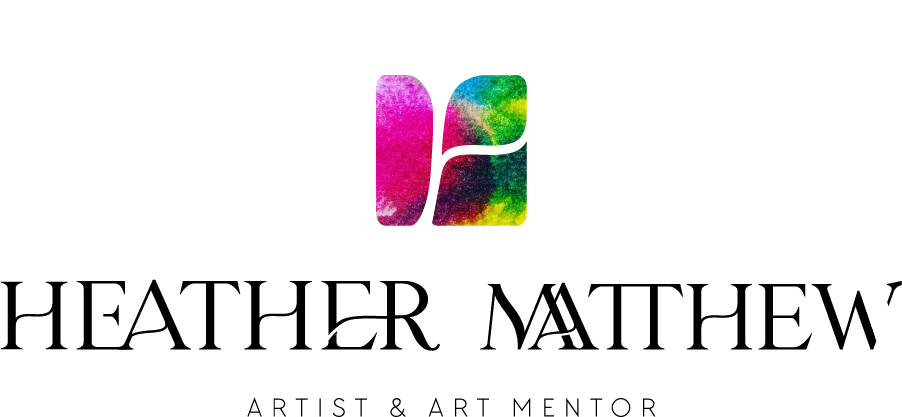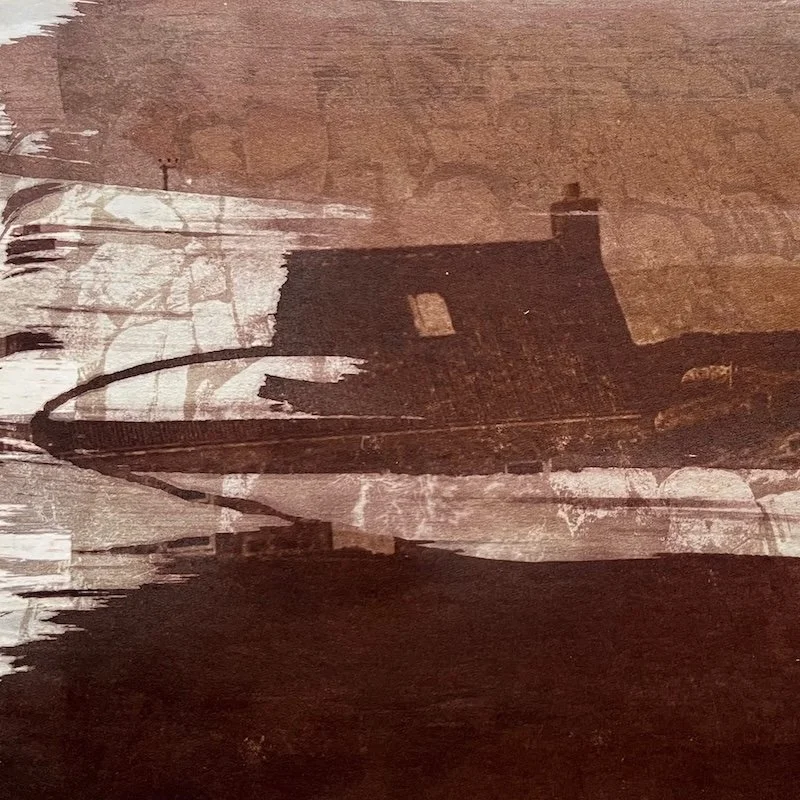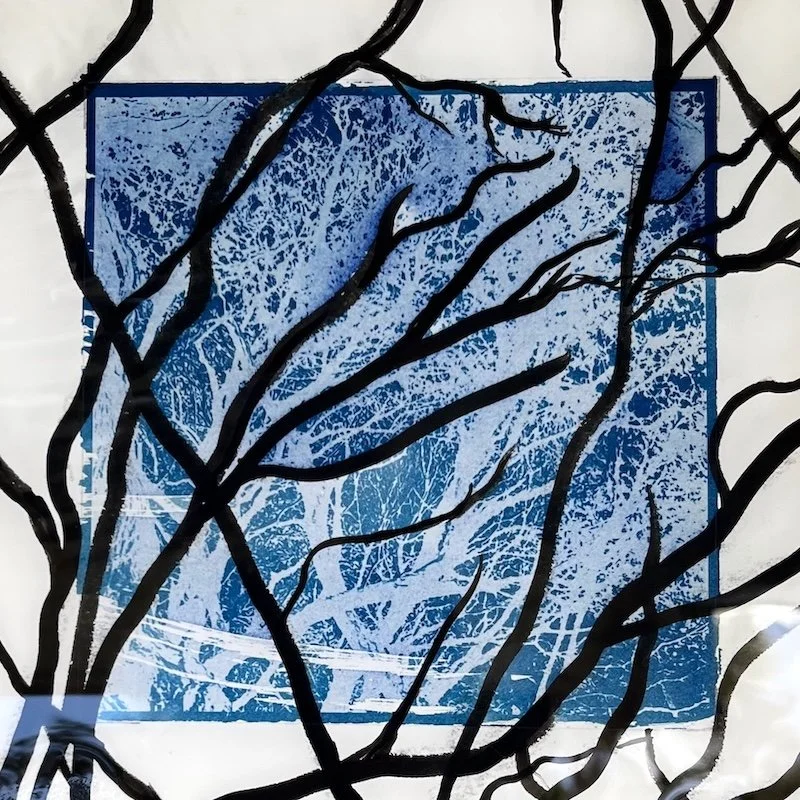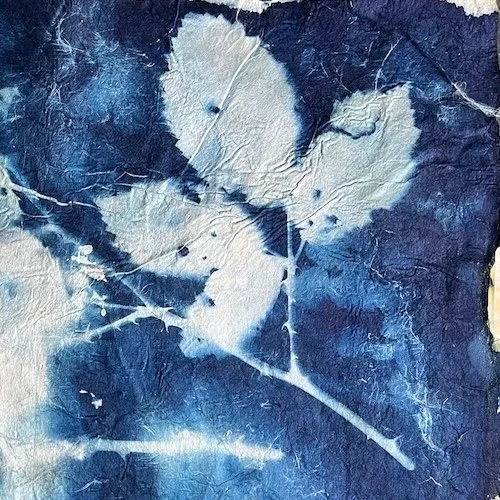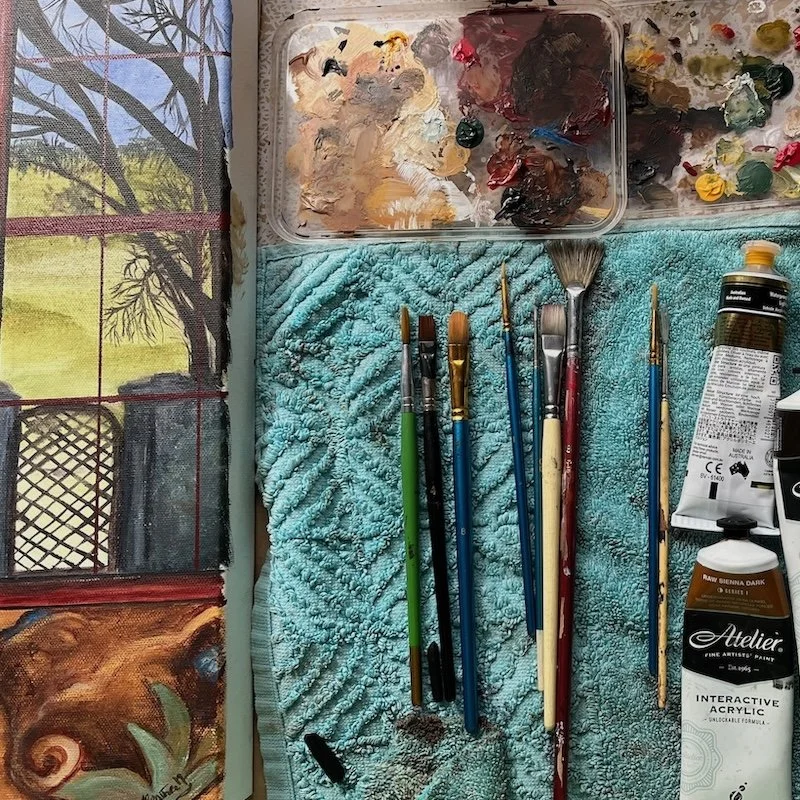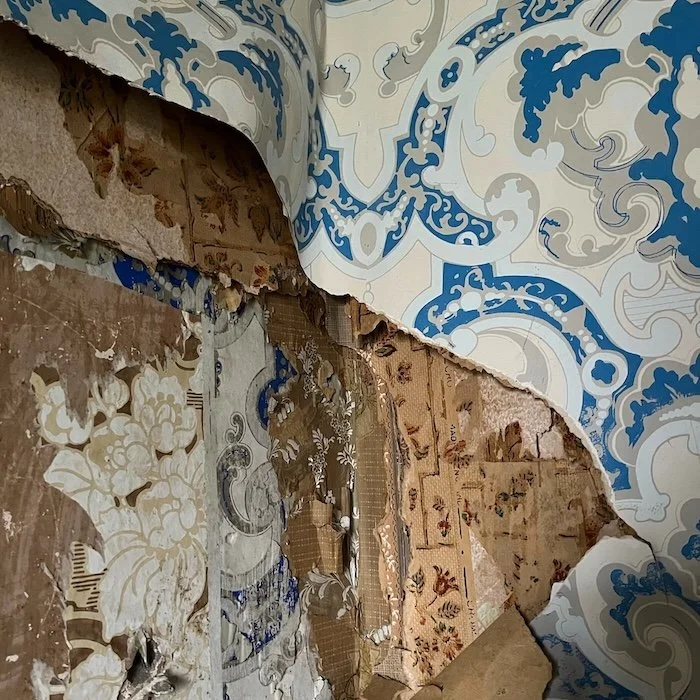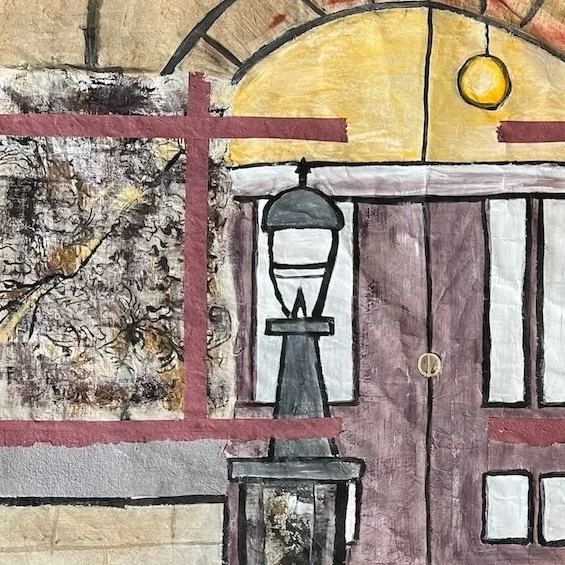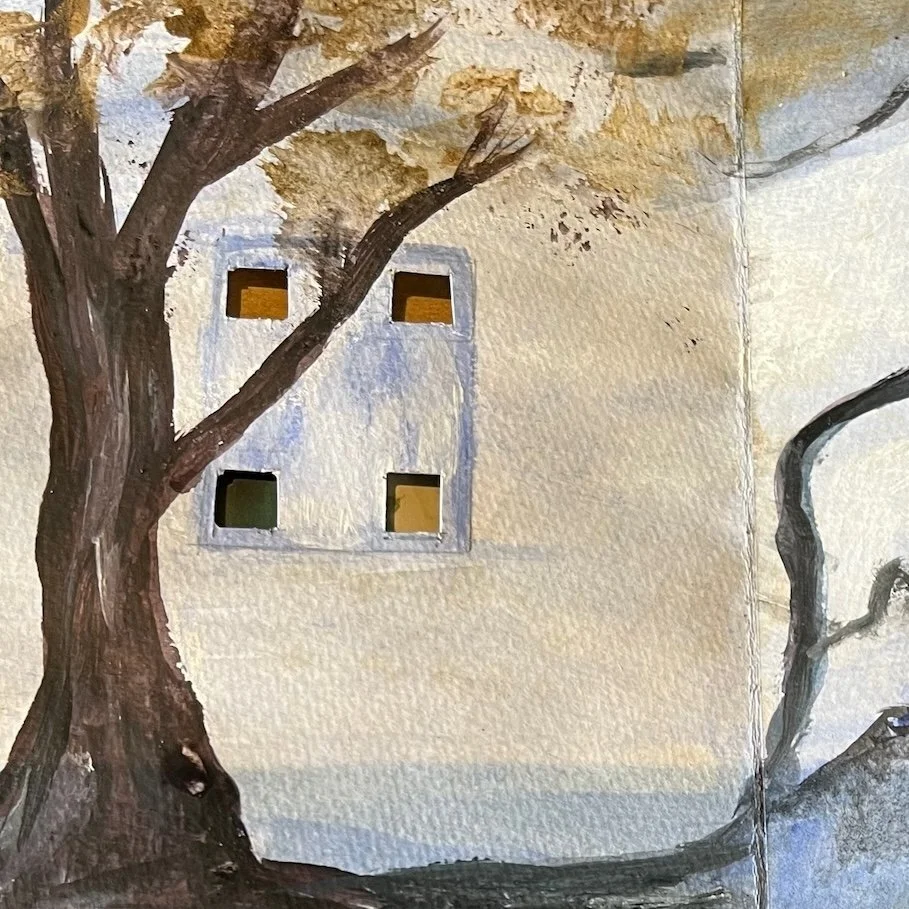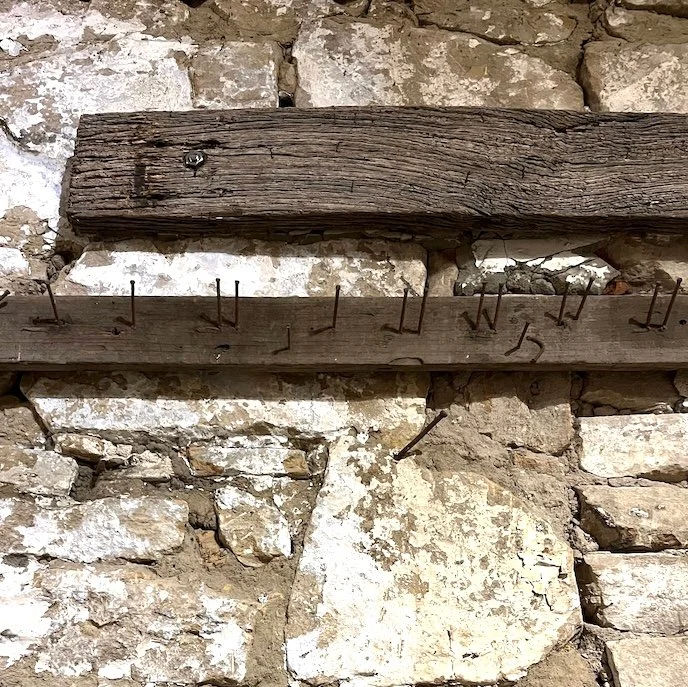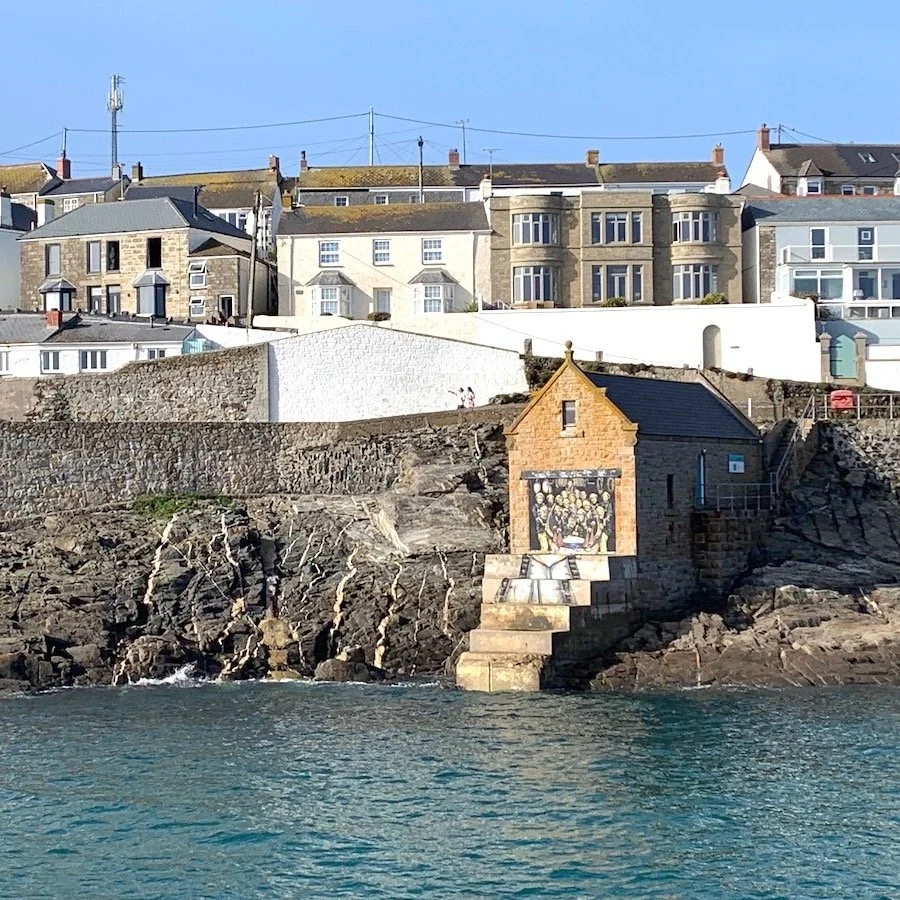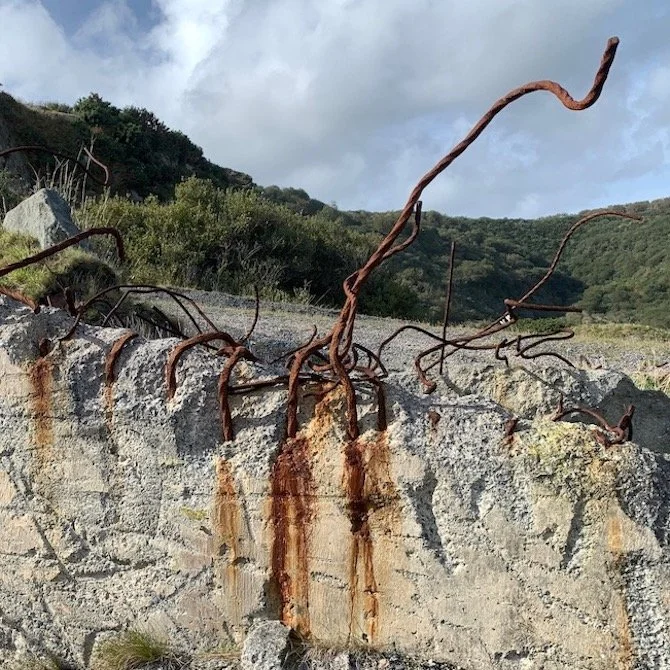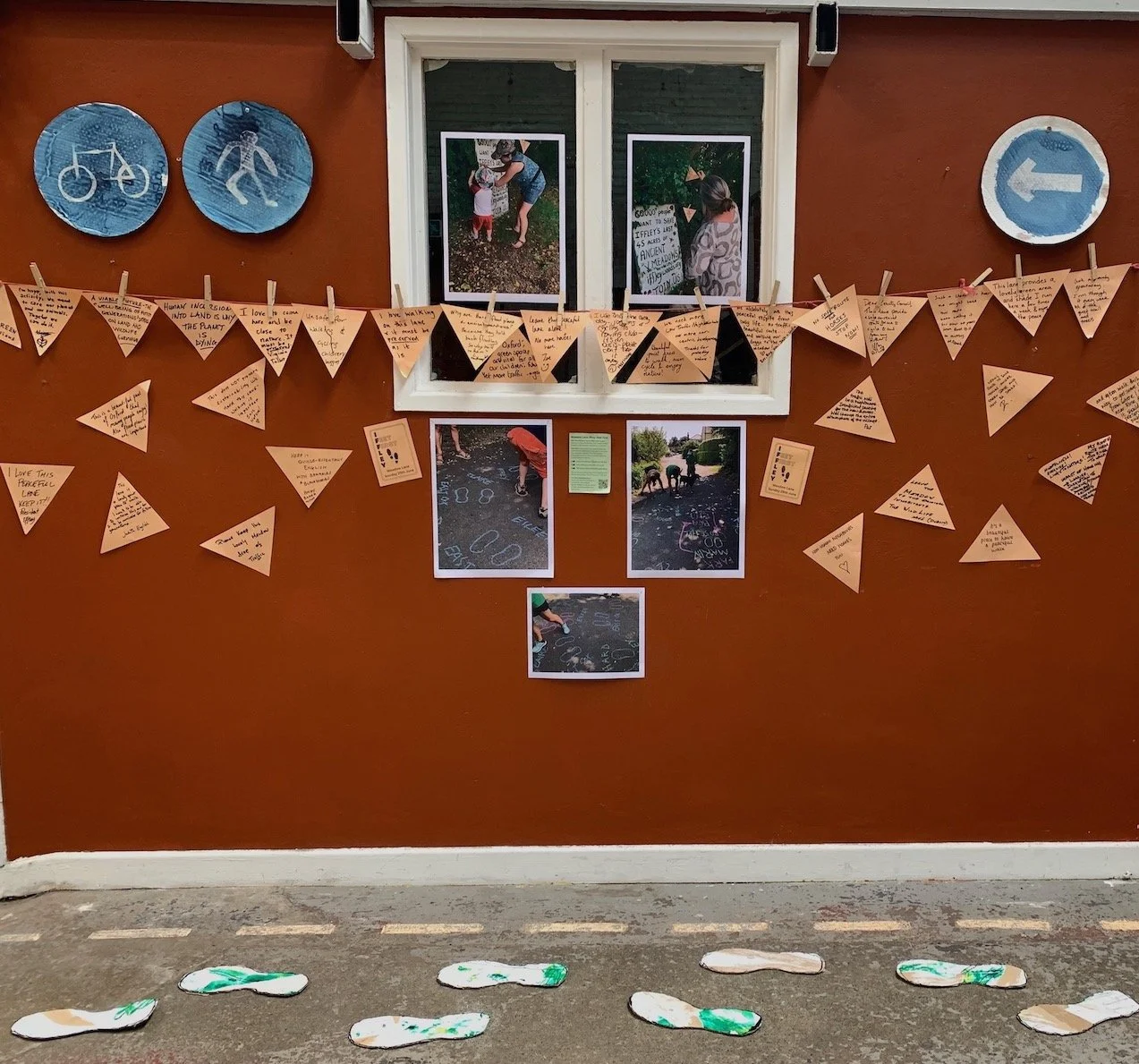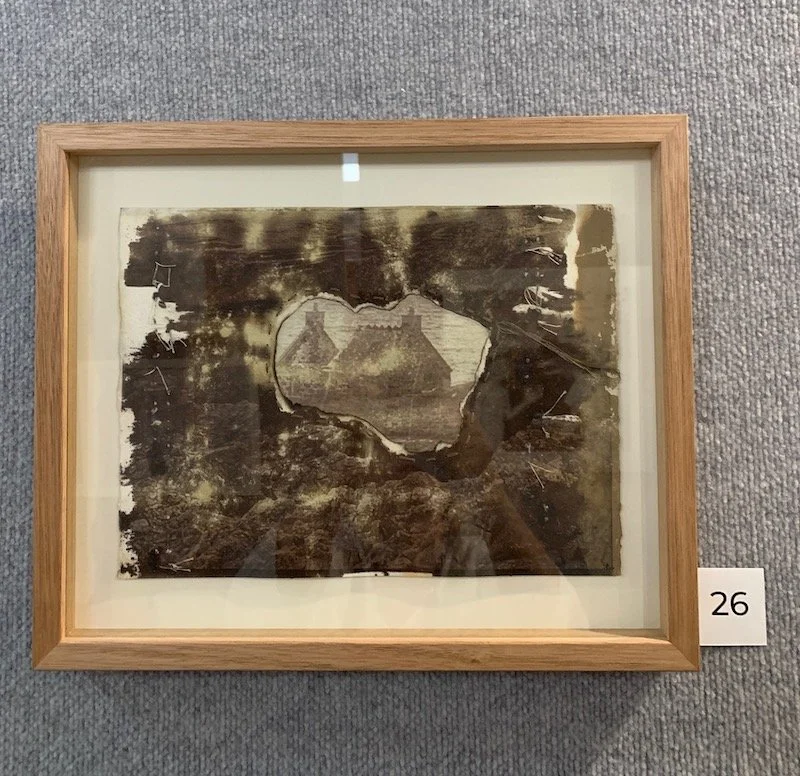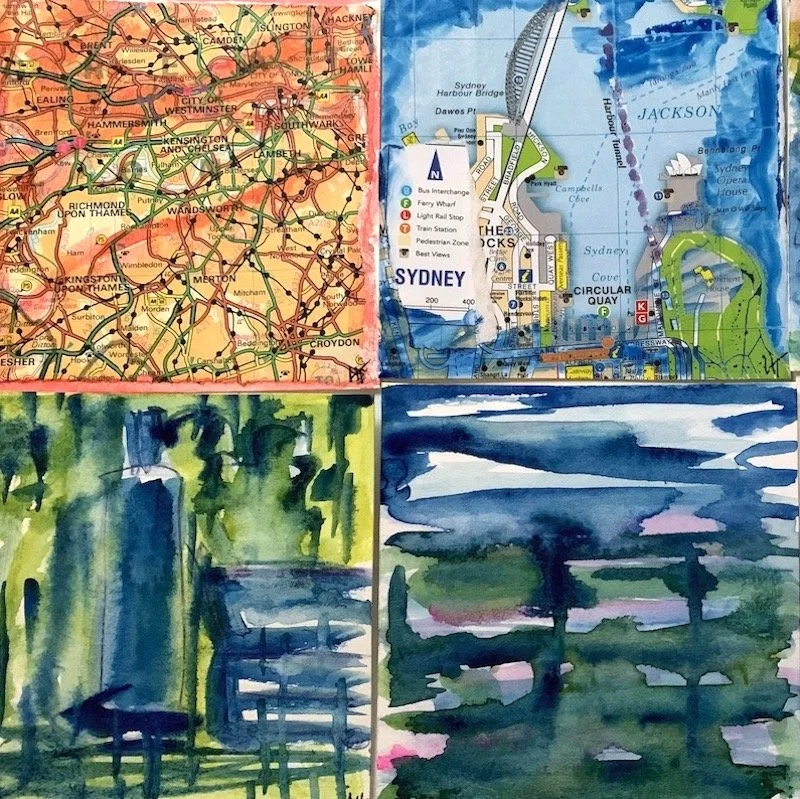It can be challenging to occupy a space temporarily and create a sense of home. Even more challenging to return home and realise that your old space no longer ‘fits’. Harnessing the energy of homecoming can facilitate growth, experimentation and expansion.
All tagged artist residencies
Best Laid Plans
Adapt, experiment and survive. That’s my motto, especially when it comes to artist residencies where the unforeseen can completely derail your best laid plans. Getting sick when away from home can be very debilitating. Yet it can also give you the impetus to adapt and experiment, abandoning all measure of control, sometimes with surprising results.
Blueprints for Success
Experimentation is about taking risks. Pursuing a train of thought and organising the steps to get there gives you a better chance of success, even allowing for some ‘failures’ along the way. My blueprint for success is to plan, execute then let go of any expectations. It ‘s how I can adapt and improvise when at an artist residency.
Reconnaissance
Reconnaissance is a way to ‘hit the ground running’ when you are about to embark on an artist residency. I’ve been taking preliminary photos of the Moonah trees at Point Nepean National Park to see what the pictures suggest. This has led me to consider gridding up an image of the trees dancing together which I can then draw and print over as cyanotypes.
Never Say Never
Pest or Passion? I’ve had both reactions to the humble blackberry. But never would I have thought it could lead me down an interesting path of discovery about alternative photographic practices. Yet I now find myself regarding this plant with new eyes.
Putting Demons to Rest
When you finally face what’s holding you back, it’s liberating. My paint brushes and paints are back on my studio bench, there’s a canvas on my easel and I’m painting. Fifty years of not feeling that I could paint has meant I didn’t even try. But I’ve had years of practising as an artist to get to this point. Now I’m excitement to see what’s next.
Peeling Layers
What are the most important ideas to include in an artist statement about your artwork? After my artist residency in Oatlands, I wrote how the architectural features in the town and its houses became time portals I used to enter colonial thinking. Peeling back the fragments of layered wallpapers hinted at what my paintings were about and how they responded to this historical town.
Falling into Place
Composition can be a tricky skill to master. Sometimes no matter what you do the elements of a piece won’t sit together on the paper. Do you tear it up and start again or persevere until things fall into place? Both actions require courage and both can be a way to resolve the trickiest of challenges.
Shining a Light
You need to be bold when you commit to your line drawing. Especially when it is drawn up in ink. I’ve needed to feel bold when committing to adding motifs of lights and lamps to shine a light on the history of Tasmania with its wars and period of martial law. Cracks in the edifices allows the light to shine in and is the first step in truth telling.
Landscapes, Curated
What views did the colonists want to create in their newly invaded and possessed land? Most held ideas about what ‘civilisation’ and ‘society’ meant and so forever changed the landscape to conform to this point of view. My preoccupation has been how to find a gentle way into post colonial viewpoints using windows as portals. To mourn what was lost and hold a vision for the future.
Keeping Hope Alive
There are so many reasons to feel despondent, especially if you are staying in a place which has a violent history. Yet after two days of drawing murky black ink shapes, I knew I had to find a way through to the other side of despair. Enter Dr Bob Brown and his rallying call to action and keeping hope alive.
Writing Lines
Stones, nails, lines of history. The past lives on in the buildings in colonial settler towns like Oatlands where I am an artist in residence. I think of the way we had to write out lines for misdemeanours at school. Now I am thinking of the lines responding to this place that I will make and write while I am in residence here.
Cornish Reflections
The annual raft race at Porthleven harbour was a great finish to my time in Cornwall where I could reflect on my last artist residency in the UK. Now my challenge will be to return to Australia to bring this experience into my final project to complete the Masters Arts & Place program.
Hard Rock Lament
Creatures of myth and imagination can call to you from the strangest of places. I am attracted to taking pictures of the strangest things, like rusted wire, abandoned buildings and patterns in the asphalt. They inspire me to tell their stories.
Climbing, not Bagging
Why do people climb mountains? Is it because “they’re there?” In Scotland there is a tradition of ‘bagging a Munro’, climbing one of the mountains over 3,000 feet. My idea of climbing and bagging is a bit different….
Documenting Process
It’s so important to document not only your finished work, but also the process of its creation. This means you exhibit your final findings as strong images, yet the process of how you came to make them, your ‘compost’ of ideas and creative process is a valuable part of the work as well and should be valued as such.
Intuition, Research and Inspiration
You can make art with any materials and any tools, but like writing a story, you need the right ingredients to start. When people ask me about artist residencies and what to create, my answer is the stories will find you. You first need to listen …
The Rhythm Method
What happens when you get out of your daily rhythm? You have to get back into flow. There are seven positive small actions I took to get back into the rhythm of creating again in my studio after five months away.
Rainstones
Trying something new can extend your world view. From creating a ceramic stone and holding it in my hand, to linking this with US President John F Kennedy’s often quoted line “Ask not what your country can do for you – ask what you can do for your country.”
Iceland's Stone artist
It’s easy to get lost in the big picture, the huge landscape and forget the details, That’s when I find it's necessary to pull focus. Which is what I did by visiting Petra’s stone collection, the inspirational garden of Iceland’s most famous stone collector, naturalist and stone artist.
